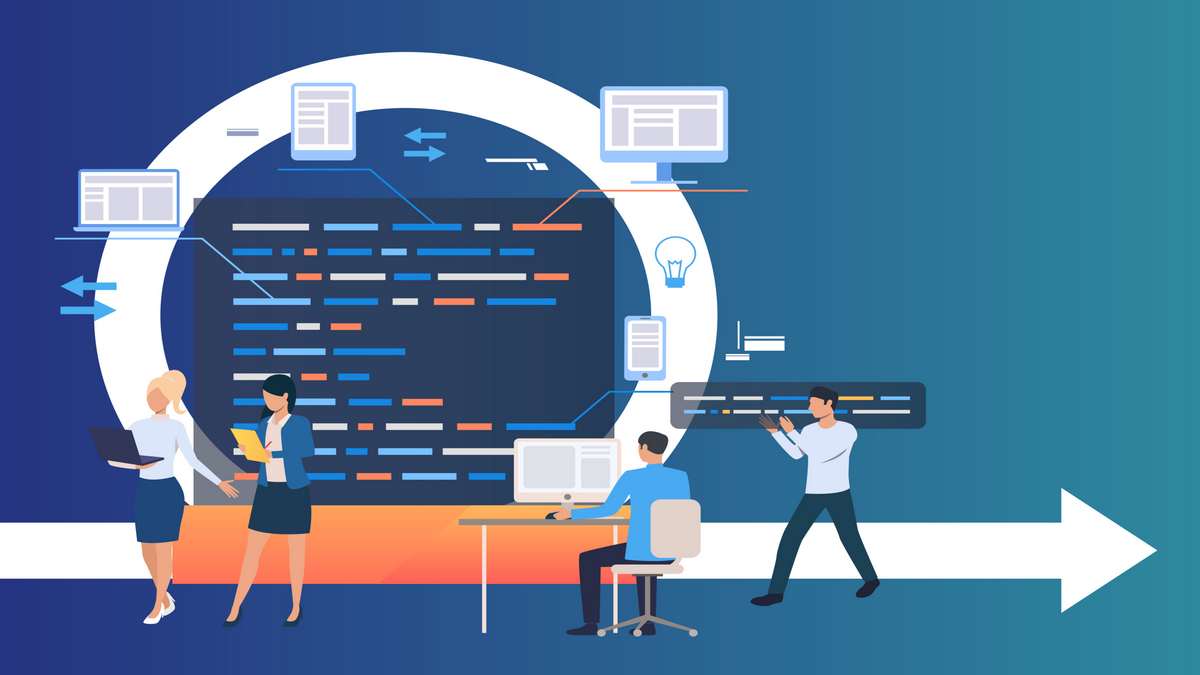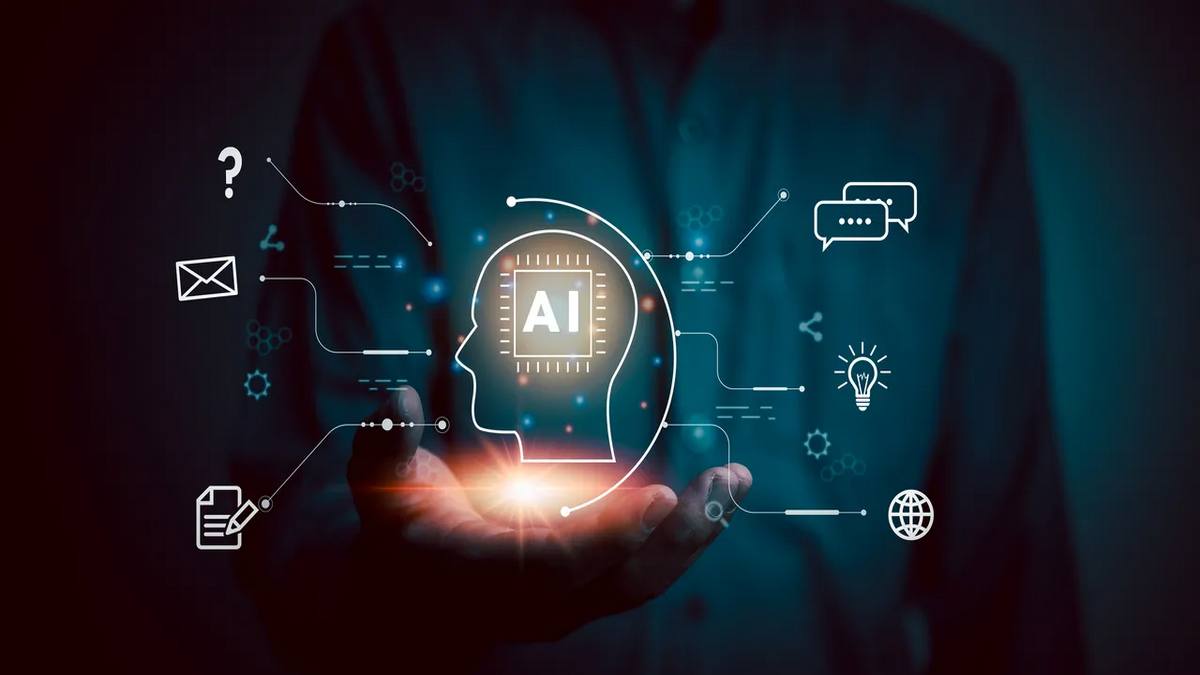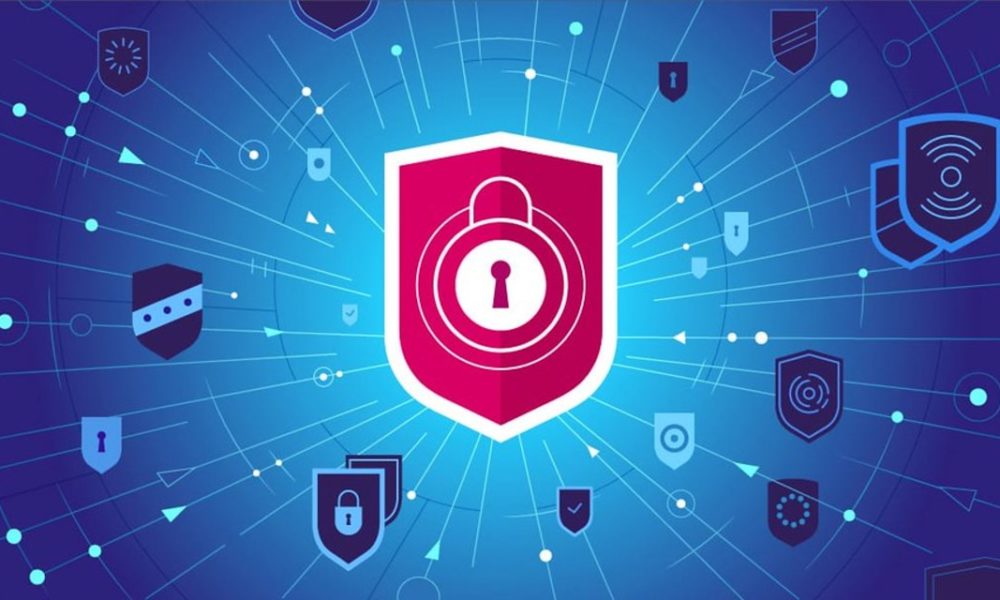
Having an incredible software idea doesn’t mean you can be the next Mark Zuckerberg or Jeff Bezos. The idea is simply the beginning or the stepping stone of your software development journey that might take a week, a month or even a year. Generally, software development procedures are pretty long, boring and tiresome. And in addition to that, if you just plan to go with the flow without having preconceived notions about it then what can I say? You will soon get lost in your own whirlwind. Fortunately, there are several software development companies that tend to offer intimidating software-based solutions from their space. However, this doesn’t mean you shouldn’t be well-versed in the procedure, approaches and development methodologies.
Software development is more like a jigsaw puzzle game. You need to plan everything and then add one piece at a time. Once all pieces are added, the puzzle will automatically be solved. Similarly, in a software development project, there are multiple stages or should I say pieces which need to be placed one after the other. And that’s what today’s post is all about! The following post focuses on what is a software development lifecycle and what are the relevant stages or phases included in a software development life cycle.
What is the Software Development Life Cycle?
Well, in simple words, as the name implies a software development lifecycle is a mere process for developing and deploying software development processes right in accordance with the client’s needs. Now when you plan a road trip or a short getaway to an unknown destination, I am sure you must be doing lots and lots of research, regarding the routes or the hotel stay or what local amenities can be found nearby, etc. Well, after all, you are going to an unknown place and not being prepared in advance could be one of your biggest mistakes here. Well, conducting a software development project or working on healthcare software development is no different. Just like you get cherishable memories from your vacation, here by conducting a well-planned software development project, you will receive an amazing software product that is high-end in regards to quality and is way better in regards to functioning.
Not to mention, developing software by following the software development lifecycle precisely can be pretty beneficial, here’s how!
- You get to manage precisely and better control
- The entire process must be transparent
- By following SDLC, you can understand the requirements pretty thoroughly
- You get to know the result before even the result comes out
- There is no scope for you as well as your team to go off the track
So basically software development life cycle is the most vital methodology or approach that should be used to create software. Plus, all the long, tedious-looking and complicated stages can be broken down into small chunks and achieved accordingly. Here you get to watch out for each step and work more efficiently. Now it’s time to understand what are the different stages of a software development life cycle.
The Phases of the SDLC
Developing software right from the scratch can be insanely tricky, no two ways about it! By implementing SDLC, your complex and complicated-looking project can be more smooth and more seamless. Developing functional and completely operational structures is not child’s play, one small mistake can cost you an arm or a leg. And above all, here you get a fair chance to plan things ahead, be it in regards to the cost or decisions regarding the staff, identifying relevant issues, analyzing performance, and so forth. Without any further delay, let us get acquainted with the prime stages or phases of a software development lifecycle.
Planning stage
As the name implies, it’s all about planning things or mapping things out or more or less creating some kind of an outline. Quite obvious, isn’t it? And maybe that’s the reason why most of the non-techies ask to skip the obvious part and simply begin with the process. And this is where they end up making a big, huge mistake that might fail. Planning is not just obvious but worth considering in any software development lifecycle, irrespective of its size and industry vertical. By not doing proper planning prior, you might not have a clear scope or purpose and there are pretty high chances of you being carried away. Right from the ultimate objective to how much will everything cost, how will be your team, etc must be taken into account here. The ultimate purpose behind planning is to identify why exactly you are working on this project. What is the issue, potential resources, costs, time-consumed, energy used and whatnot?
Requirements Gathering Stage
The next stage we should be looking forward to is the stage where you must gather all the relevant information, data and requirements. Here you won’t gather all the data or information but also conduct relevant analysis and end up making required decisions. In other words, your team of software developers is responsible for determining prototypes. It may quite interest you to know that there is another jargon for gathering requirements, it is known as Elicitation. Here the experts tend to gather clear, concise and correct information regarding what the customer needs, what is their main objective, what problem they want to solve and so forth. To pass the stage successfully, there is one catch! Listen to your client or customer very carefully. Yes, listen to them precisely, know exactly what they are looking for and then deal with them. After having a brief understanding of what’s required, you can develop a prototype model just to show how the planned product will be. This also gives your customers a broad idea of what or how much they should expect from you.
Now generally what happens is your client or customer tends to offer business requirements. The software development team must convert those business requirements into software requirements. Here comes the big question, how?
- Try breaking things down
- Come up with different user-stories
- Create a relevant flowchart
- Create wireframe diagrams for a detailed explanation
You can start by understanding who your end user is, what their prime concern is, the user experience or the navigation or performance issues, etc. Again I would like to say that the software development life cycle is surely a step-by-step process, it will take time but it’s worth considering.
Design Phase
The next phase is the Design phase. You see, design and development are the two fundamental stages of any software development life cycle. And do you know what is the best part here? They always tend to work in tandem with each other. I have come across many of you who have this misconception that design is way above development or that development should be given more importance than design. Whereas the truth is both must be given equal importance. After gathering requirements, the design phase begins. Here not just designers but software developers are also roped in so that they can outline the relevant details of the app in prior. Certain aspects must be given more importance here such as user interface or system interface, network requirements, databases and whatnot!
So right from creating design documents to being adhered to the given coding guidelines, and making decisions regarding best practices for software development and different tools, all these sub-stages happen here in the software design phase.
Development Phase
After the design, we have the development phase that must be taken into consideration. Here everything happens right from implementing the predetermined ideas to coding, every feature or every idea is transformed into code. Now of course each and every phase mentioned here is extremely important but development is the core of the entire project. If you succeed here, you can rest assured that the end product will be created in accordance with the pre-defined features and functionalities. A successful development phase is only said when the system is created well, all the testing and integration happens into larger components, when you have the best and perfect technical environment, and in the end when the product is good to go for the test phase.
So what is the development team responsible for?
- A system design document
- A proper security plan as well as a disaster recovery plan
- System development doc
- Data retention plan
Also, while conducting the development phase, project managers must keep a hawk eye to identify initial risks, conduct qualitative and quantitative analysis at regular intervals, track risks and execute response plans at regular intervals.
Test and Integration Phase
The next crucial phase in any software development life cycle is the testing phase. There was a time when testing was always considered as an afterthought. Fortunately, the scenario seems to have pretty much changed. Today much like development and design, development and testing happen quite in tandem. However, testing must be conducted and that too before the product is being released. Today, while competing in the digital era, coding in a test-driven environment is pretty much in vogue.
During this phase, all the QA teams and software testing teams gather and start looking for potential bugs and errors. In case, if they happen to find one, they get directly in touch with the developers to rectify current issues and at the same time, they also tend to find the potential one. It’s like, test-making relevant changes and then re-test, all this goes on and on unless everything doesn’t seem to be fine and healthy.
Deployment Phase
After testing comes the deployment. Don’t be too relaxed right now! You see deploying a software product among your current and potential users might not be that easy. Yes, after the software product is thoroughly tested, it is further processed and deployed among customers. Now not all projects can be deployed seamlessly, it highly depends on what is the size of the project. Here users are asked to use the software solution and offer their relevant feedback. In case, if there are any issues or bugs found, the software again goes through relevant phases for rectification and then released again. As mentioned earlier, software development is an ongoing process. So even when you launch the software, it doesn’t mean you can sit worry-free. Your software is your baby, you have to look after it for your entire life.
Operationalization and Maintenance Phase
Last but certainly not least comes the maintenance phase. This stage is normally considered after the software reaches the market. Now starts the maintenance mode and simultaneously, they are bound to handle relevant issues that are reported by end-users. Moreover, developers are highly-responsible for implementing all the relevant changes that require even if the software is deployed.
The software can never be perfect. No matter how much you test or keep rectifying, you will always find errors and bugs once it is being launched. So yes, for that particular timing, you need a phase where even though the software is not with you but things can work precisely. Now the maintenance stage quite a lot depends on your system, larger ones require high-end maintenance stages whereas this might not be the case for small software solutions.
Now enough being said about the software development life cycle and its premium stages. Furthermore, I would like to emphasize top software development lifecycle models. These models are a rare combination of processes and methodologies that can be chosen wisely depending on your development project. There are a plethora of software development lifecycle models available such as RAD, Agile, Waterfall, Iterative, Spiral, Prototype, V and so forth. I would like to focus on the best ones here. So let’s get started!
Top SDLC Models
1. Waterfall Model
One of the most recommended software development methodologies is the waterfall model. Though this one is pretty old, it turns out to be still effective and worth considering. Earlier in 1970, the model was being released and since then there seems to be no turning back. The model mainly comprises five phases including requirements, analysis, specification, designing and precise implementation. Much like any software development life cycle, here the steps always follow in one single order. Of course, each phase counts here.
For example in the requirement phase, developers understand all the customer requirements and make relevant documents. After that, during the design phase comes when professionals create a highly-leveled and detailed design. Once the design phase is accomplished, comes the coding phase and after that, the code is thoroughly tested and modified. Next is the testing phase where the end product is tested again and again to develop a better product for the end users. And lastly, we have the maintenance phase, where the software is well-maintained and updated for the long run.
Now when to use the SDLC model. Of course, not every time you can use the waterfall model. There are a couple of situations in which the waterfall model is preferable such as.
- If the requirements tend to remain the same
- If the project is short-termed
- If the situation is calm and poised
- You are bound to use specific tools and technologies
- When everything is well-prepared and you just have to go by the book
The only issue is that the waterfall model comprises high-risk factors and that’s the reason why it is not advisable for long-term or complex software development projects.
2. The Agile model
Next, we have the Agile Software Development Life cycle model. Now this one can be said to be a rare combination of iterative and incremental procedures. As we know every project is different so it has to be handled differently. The agile model is one such way that tends to divide the entire project into small chunks or tasks, and then deliver the best outcome. What makes the Agile model a cut above?
- Self-organization and motivation are important
- Demo working software is what is needed here
- Customer collaboration is important
- Responds pretty much quickly to changes
In comparison to other relevant approaches or models, Agile turns out to be pretty much realistic and highly promotes teamwork. Think of any feature or functionality you would like to have in your software, you can have it right away! The agile model works best for both fixed and even constantly changing environments. Here there are no such rules or regulations, in fact, things can be documented pretty easily. Here there is not much planning required and everything is pretty easy to manage. Also, the agile model gives amazing flexibility to developers.
3. Iterative model
Now, this particular model begins with a mere implementation of a small set of the given software development requirements. So in case, if the project requirements are clear and concise or well-defined, market constraints, if you are willing to try some innovative tech or approach, and most important of all if you are willing to add some high-risk features and then all you have to do is consider the iterative model. Further below, I would like to mention certain benefits of working with the iterative model.
- A wide range of features and functionalities can be created in a short time
- Early and precise results are obtained
- You can even plan for parallel development
- Progress can be measured precisely.
- Seamless Testing and debugging
- Managing risks can be way easy
- Better analysis of current and potential risks
- The model highly favors a change in the environment
- Less time is used for conducting operations
- Highly recommendable for large and mission-critical projects
- And most important of all, it requires highly skilled
When to use the Iterative Model? Most of the time Iterative models are recommended when all the requirements are clearly defined and easy to understand. The model is highly recommendable for large-size projects and there are fewer changes required.
4. V-Model
The V-model is one kind of Software Development Life Cycle often known as the Verification and Validation model. Basically, V-model offers a static analysis technique (review) that happens without executing code. Here even dynamic analysis technique (functional, non-functional) is done. The V-model comprises a different bunch of phases.
- Requirement Analysis
- System Design
- Architectural Design
- Module Design
- Unit Testing
- Integration Testing
- System Testing
Some of the core benefits of the V-model include:
- This one is a pretty high-disciplined model
- Works well for small projects where all requirements are taken into consideration
- Simple to understand and of course, pretty much easy to use
- Quite Manageable, each phase here is pretty seamless and tends to deliver the best possible outcomes.
Of course, V-model comprises a wide range of controversies such as this one of high risk and uncertainty, it is not recommended for complicated and object-oriented projects, and of course, not even for long and ongoing projects. In fact, if the app reaches the testing stage then it becomes pretty difficult to go back and forth to rectify issues again and again. So when exactly the V-model must be taken into consideration? If the requirements are clearly stated and if you have a plethora of resources, tools and technologies at service.
Conclusion
So this is it! We have concluded! Clearly, the software development life cycle offers a plethora of benefits. And maybe that’s the reason why it is recommended for IT development projects such as softwares, systems, etc. again and again. So I hope the following post can assist you well in your upcoming software development project. Moreover, I would like to recommend seeking assistance from some of the best software development companies across the globe that have appropriate knowledge and career experience in such areas.
I hope you did enjoy reading the post. If so, feel free to share among your peers and help us in spreading the word. In case, if you still have any doubts or queries, feel free to mention them in the comment section below.



